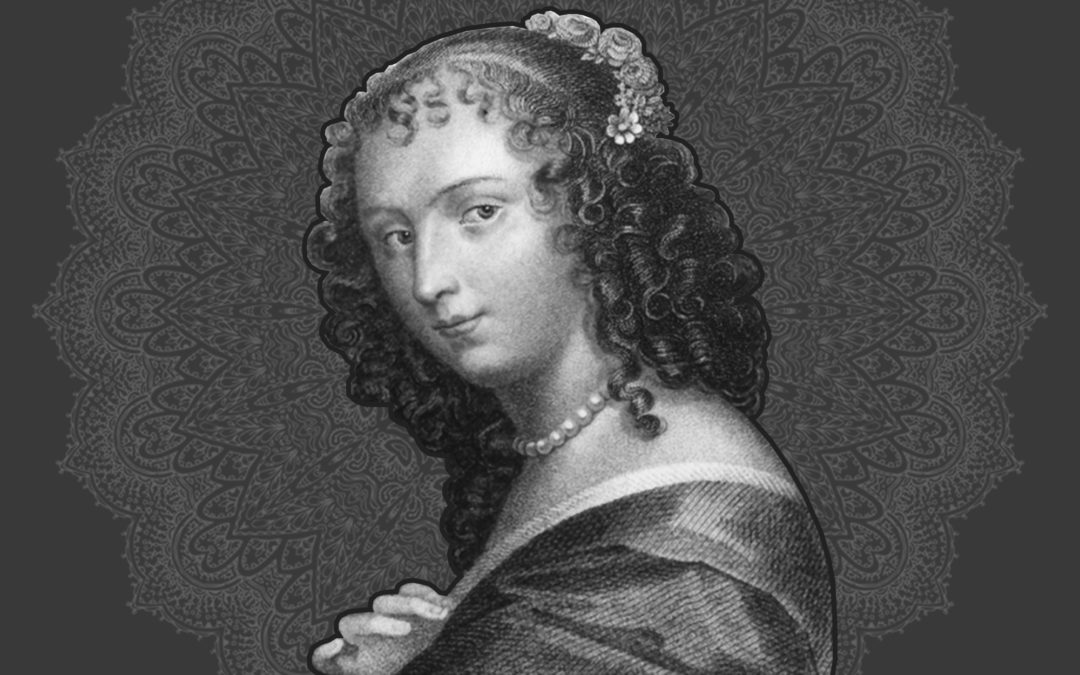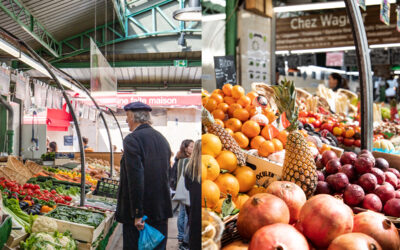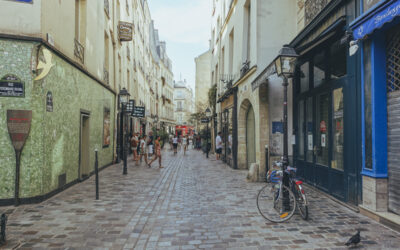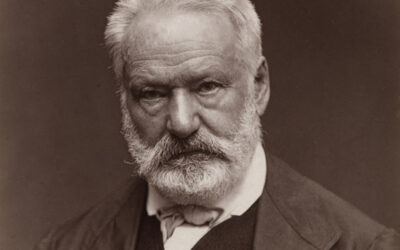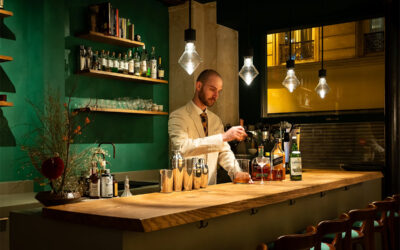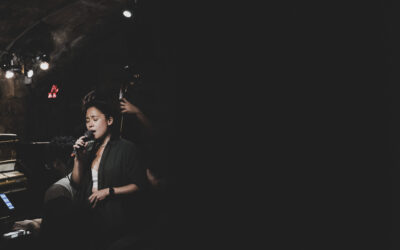It is Ninon de Lenclos letter writer and French woman of letters, author of Letters from Ninon de Lenclos to the Marquis de Sévigné.
Queen of the Parisian salons, this courtesan was famous for her independent spirit and her great generosity. It shone in Le Marais with its famous “five to nine” where the Parisian intellectual elite flocked every day.
It was her father Henri de Lenclos, a libertine and cultured gentleman from Tours who gave her, against the advice of her mother, a complete education, far from that provided to girls of the time. At the age of twelve, Ninon lost this loyal support. Compromised in an affair of adultery followed by a duel in which his opponent was killed, his father had to flee. Dueling being prohibited, the king seized his property.
From then on Ninon accompanied her mother to the salons of the Marais, where she quickly caused a sensation. A true child prodigy, she cited the great authors and mastered the thought of Montaigne as much as she excelled in playing the lute or harpsichord and spoke Italian and Spanish. Literature, dance, the arts and sciences had no secrets for her.
Her white complexion, her deep black eyes, her gestures, her voluptuousness were praised but it was her spirit that was most celebrated.
At sixteen, her mother, although bigoted, guided her towards “gallantry” and left her free to live in Le Marais, near the Place royale, now Place des Vosges.
Later, she settled inin the Hôtel de Sagonne located at 36, rue des Tournelles, where she lived for forty-eight years. Dn this modest mansion in the Marais, which still exists today, this independent spirit became the darling of the Marais and Paris in holding the most fashionable literary salon of its time where from five o'clock until nine but sometimes ten o'clock in the evening, people flocked some of the finest minds of her time: Madame de Sévigné, Madame de Maintenon, Molière, François de la Rochefoucault, Corneille, Saint-Simon, Jean-Baptiste Lully, Charles Perrault, Jean Racine, Jean de la Fontaine, Paul Scarron , Nicolas Boileau, etc.
In addition to being an “influencer” Ninon de Lenclos symbolized the freedom of morals current in the XNUMXth and XNUMXth centuries. Reputed to be a friend as faithful and devoted as an inconstant and frivolous mistress, she had many lovers including the great Condé (general, first cousin of Louis XIV and peer of France), the soldier and diplomat Marshal d'Estrées, the the astronomer Christian Huygens, the diplomat and literary abbot of Chateauneuf, Nicolas Gédoyn, canon of Sainte-Chapelle and member of the French academy…
She died in 1705 in this same residence.
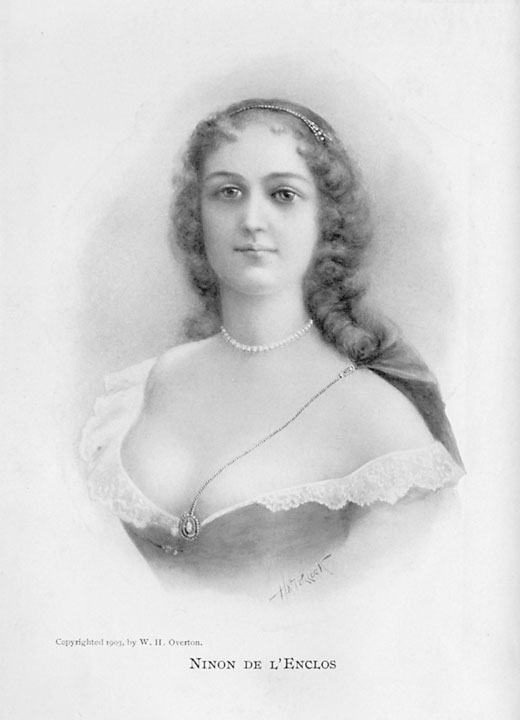
Text: Katia Barillot
28.01.19
FOR PASSIONATES OFUS
The Enfants Rouges market, everyone loves it
Restaurants, merchants, a photo store, a bookstore... This is how the Red Children's Market presents itself, unique in its kind in the Marais and its capital because it is the only one to offer such a varied and varied range of restaurants. qualitative.
The Marais Jewish quarter in Paris
From the 13th century, the Marais was home to a Jewish community which remained there until its expulsion in the 14th century. Fleeing poverty and persecution, Jews from Eastern countries and those from Alsace settled there in the 19th century. Around rue des rosiers and Place Saint-Paul renamed Pletz…
Victor Hugo, the writer with a thousand talents
Born in 1802, Victor Hugo became a social writer, a playwright, a poet, a novelist and a romantic designer. Nicknamed the man-ocean then the man-century, he is a political figure and a committed intellectual. He found success with Notre-Dame-de-Paris in 1831 and with Les Misérables in 1862.
NOW ON THE MOOD MARSH
Divine brunch at the foot of Notre-Dame
Of course, officially, it is not the Marais. But at Son de la Terre, a barge recently moored at the Montebello quay (5th), the 4th arrondissement is in sight. Moreover, this one is incredible: on one side, it is Notre-Dame flooded with sunlight; on the other, the quays, the book sellers, the walkers, the joggers.
Saka, a cocktail bar like in Tokyo
Here is an address which gives the measure of the transformation of the Marais. And it's enough to silence the grumpy people whose mantra is: “It was better before…” No, everything was not better “before” in the Marais. Besides, there was no American bar like Saka, which cultivates a form of excellence that can only be found in Japan.
Jazz at 38Riv: The highlights of May
The only jazz club in the Marais, 38Riv is the temple of cool and swing. Rue de Rivoli, between Saint-Paul and Hôtel de Ville, its vaulted cellars are the home base of the new jazz scene. Every evening, the magic happens.

